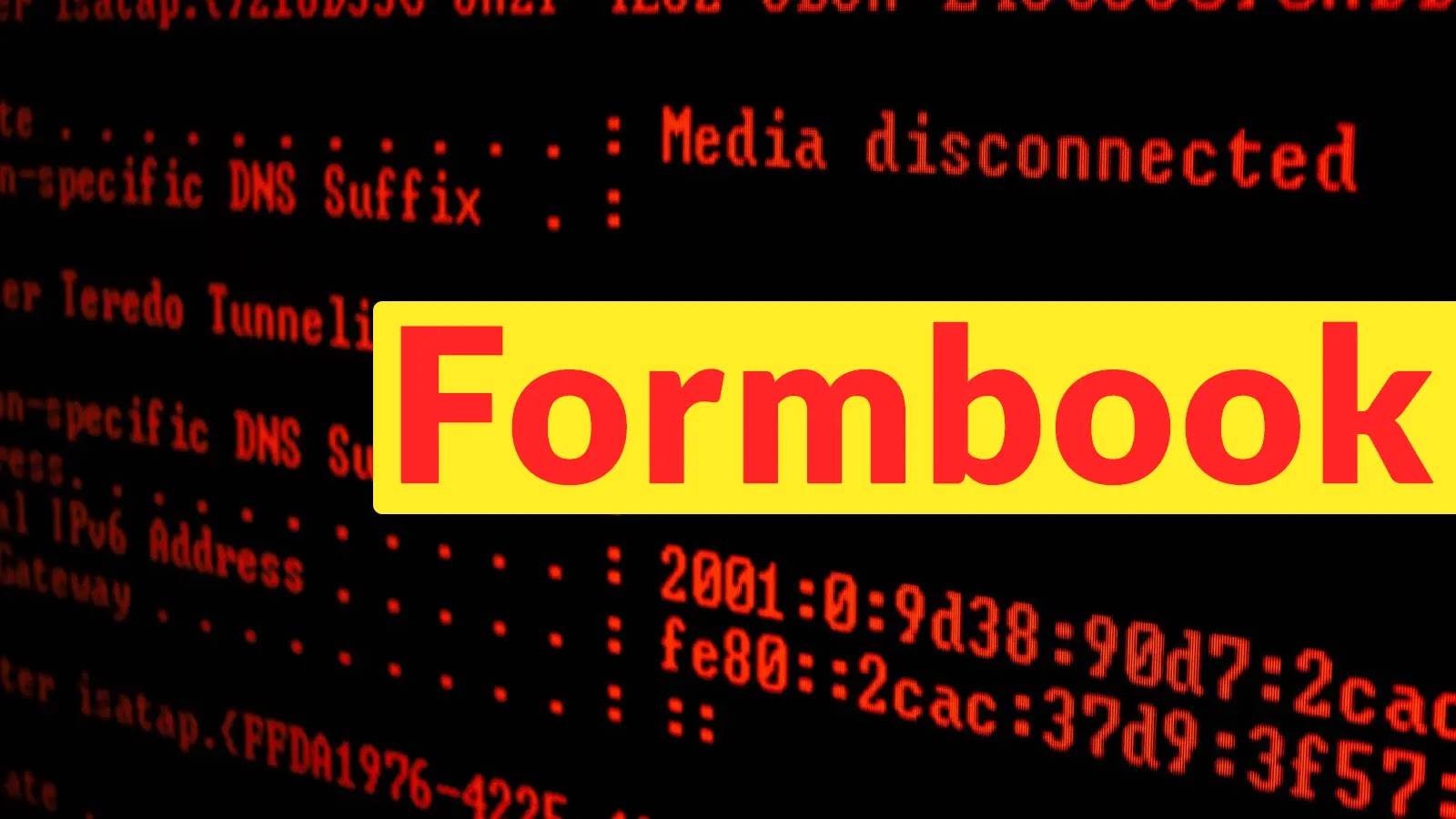TaskHound: Unveiling Hidden Risks in Windows Scheduled Tasks
In the ever-evolving landscape of cybersecurity, identifying and mitigating potential vulnerabilities is paramount. A new open-source tool, TaskHound, has emerged as a significant asset for penetration testers and security professionals aiming to uncover high-risk Windows scheduled tasks that could serve as gateways for malicious activities.
Understanding TaskHound’s Functionality
TaskHound is designed to automate the detection of scheduled tasks within Windows environments that operate with elevated privileges or utilize stored credentials. By scanning remote machines over the Server Message Block (SMB) protocol and parsing task XML files, TaskHound efficiently identifies tasks that may expose systems to unauthorized access or privilege escalation.
Key Features and Capabilities
TaskHound offers a suite of features tailored to enhance security assessments:
– Tier 0 Detection: The tool identifies tasks associated with high-value administrative accounts, such as Domain Admins and Enterprise Admins, which are prime targets for attackers.
– BloodHound Integration: By integrating with BloodHound, a network security visualization platform, TaskHound correlates scheduled tasks with existing attack path data, providing a comprehensive view of potential security risks.
– Password Analysis: TaskHound analyzes the age of credentials by comparing the last password change date with the task creation date, highlighting outdated passwords susceptible to offline cracking attempts.
– Offline Analysis: For environments requiring strict operational security (OPSEC), TaskHound can perform analyses on previously collected XML files without direct network access, minimizing detection risks.
– Beacon Object File (BOF) Implementation: The tool includes a BOF version compatible with AdaptixC2, enabling operators to conduct assessments without direct network interactions.
– Credential Guard Detection: TaskHound evaluates the likelihood of Data Protection Application Programming Interface (DPAPI) dumps succeeding, aiding in the assessment of credential security.
– Security Identifier (SID) Resolution: To enhance readability in environments with mixed SIDs and usernames, TaskHound resolves SIDs to their corresponding usernames.
– Multi-Format Support: The tool supports both modern BloodHound Community Edition and legacy formats, ensuring compatibility with existing security infrastructures.
– Flexible Authentication: TaskHound accommodates various network scenarios by offering flexible authentication methods.
– Multiple Output Formats: The tool provides findings in various formats, facilitating integration into security workflows and reporting systems.
Operational Insights and Reporting
During penetration tests, TaskHound swiftly identifies exploitation opportunities by pinpointing tasks running under compromised accounts. This capability allows security teams to manipulate these tasks to gain system access, thereby understanding potential attack vectors. The tool generates detailed reports outlining task locations, associated credentials, creation dates, and recommended remediation steps, empowering organizations to fortify their defenses effectively.
OPSEC Considerations and Future Developments
The developer of TaskHound emphasizes the importance of operational security. Since the tool utilizes standard SMB operations, its activities could be detected by network defenders. For sensitive assessments, users are advised to employ the standalone BOF version or conduct offline analyses to minimize detection risks.
Looking ahead, the project roadmap includes plans to introduce a direct BloodHound database connector and a dedicated NetExec module, expanding integration with other popular security frameworks. Additionally, automated credential extraction for offline decryption is under development, further enhancing TaskHound’s utility in comprehensive security assessments.
Conclusion
TaskHound addresses a critical need in Windows privilege-escalation assessments by automating the detection of high-risk scheduled tasks. Its integration with existing security tools and emphasis on operational security make it a valuable addition to the cybersecurity toolkit, aiding organizations in proactively identifying and mitigating potential vulnerabilities within their networks.



